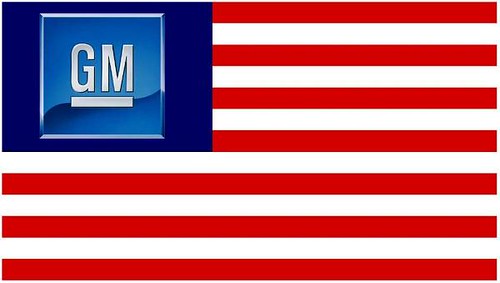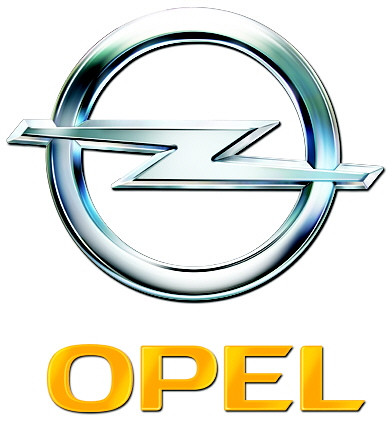(Source: The Detroit News & SFGate.com)
Supporters have dropped an attempt to add “cash for clunkers” legislation to a tobacco regulation bill now before the Senate, a setback in efforts to boost car sales with federal subsidies.

“There are technical details to work out and the senator continues to look for a vehicle to pass this very important piece of legislation,” said Brad Carroll, a spokesman for Sen. Debbie Stabenow, a co-sponsor of the bill.
Two congressional aides said the measure was derailed by objections from the Senate Appropriations Committee to using money from the $787 billion economic stimulus package for the measure, which would offer up to $4,500 credits for consumers trading in older, low-gas-mileage vehicles.
In January, Sen. Dianne Feinstein, D-Calif., introduced a bill, S247, that would give vouchers to people who turn in a car or truck that gets 15 or fewer miles per gallon to a dealer that scraps it.
Rep. Betty Sutton, D-Ohio, introduced one in the House, HR1550. A compromise version was attached to the 900-page energy bill that was passed last month by the House Energy and Commerce Committee.
Sen. Debbie Stabenow, D-Mich., introduced an almost identical one in the Senate. Her bill, S1135, would provide vouchers of $3,500 or $4,500, depending on the difference in gas mileage between the clunker and the new vehicle. The vouchers could only be used to buy or lease new vehicles, not for used vehicles or mass transit.
Environmentalists oppose the two industry-supported bills because they would provide vouchers to people who scrap more fuel-efficient vehicles (18 mpg or less) than under the Feinstein proposal (15 mpg or less).
Industry officials said they were optimistic the dispute could be resolved and that the plan — which has White House backing — would win passage, as a stand-alone bill or attached to other legislation. An identical cash for clunkers bill in the House has also failed. So far, legislators have been unsuccessful in separating that legislation from a massive energy and climate bill that could take months to finalize.
Last month, Sen. Feinstein proposed an alternative that is less stringent than her original bill but stricter than Stabenow’s. For details, see links.sfgate.com/ZHHC.
It’s not clear whether the Senate will back the Stabenow bill, the new Feinstein approach or a compromise.
“Fiscal conservatives and environmentalists oppose the more permissive Stabenow bill as an expensive subsidy for the ailing auto industry, while union and manufacturing interests oppose the stricter Feinstein approach, which would likely favor fuel-efficient imported vehicles,” said Benjamin Salisbury, an analyst with FBR Capital Markets, in a report.
“The Senate could vote on both amendments and add the most popular one to unrelated legislation giving the Food and Drug Administration regulatory authority over tobacco products,” Salisbury wrote.
Idea likely to stick around
That didn’t happen Wednesday, as many expected. But with President Obama in favor of cash for clunkers, the idea is not likely to die.
Becker hopes Congress will not rush into passing a bill without enough research and debate to determine how much the program will cost and who will benefit most. “Somebody might come along and do clunker dating,” matching up people who want to buy new cars with people who have clunkers, he says.
He adds that Germany started a 1.5 billion euro cash-for-clunkers program this year and it has already swelled into a 5 billion euro program.
Consumers waiting to buy a new car until a bill passes should first figure out if their existing car would qualify under the scrapping plan. If so, the next question is whether the voucher would be worth more than the price they would get if they sold or traded in their car. If so, they should figure out whether the new car they want to buy would qualify. With so many unknowns remaining, it’s hard to reach a conclusion.










